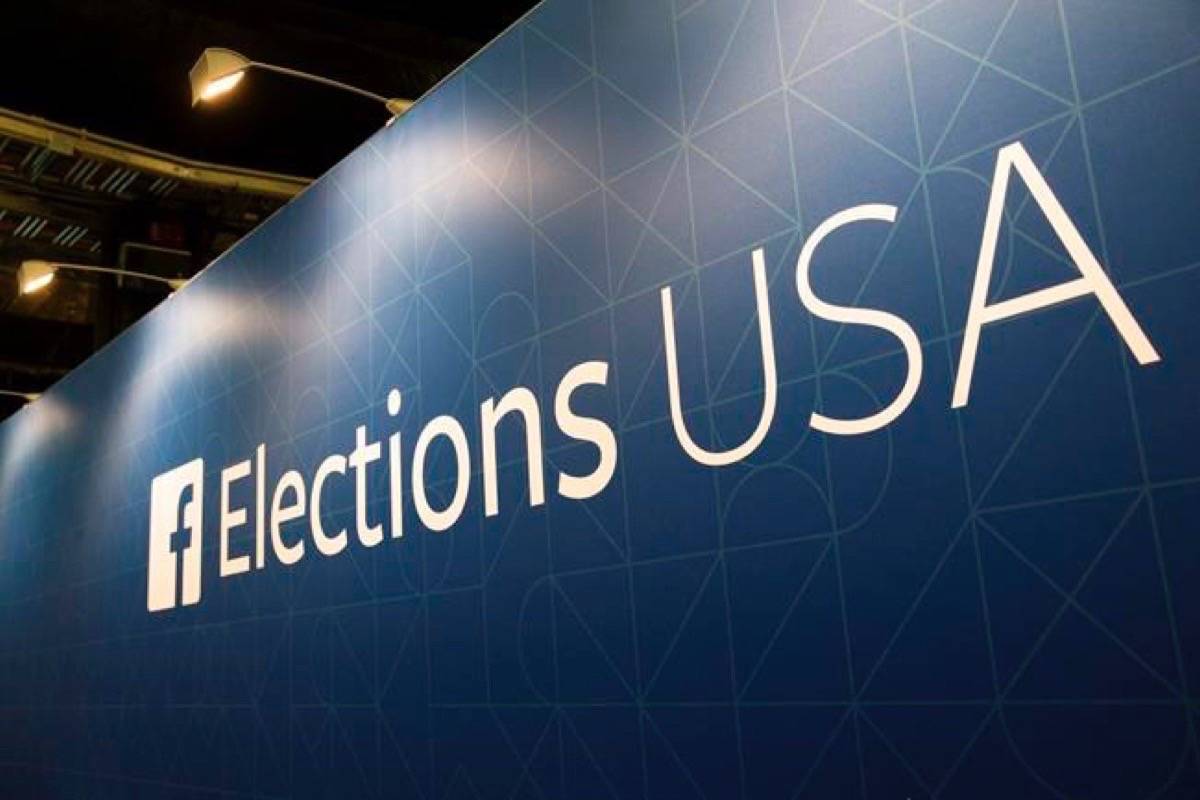It’s hard to blame America’s body politic — shaken by pipe bombs in the mail, a synagogue shooting and Donald Trump’s unrelenting torrent of angry campaign invective — for feeling trapped in the headlights of Tuesday’s oncoming midterm elections.
On one side of the road to Congress are the Democrats, poised for a breakthrough in the House of Representatives, brandishing promises to defend health coverage for pre-existing conditions from what they predict will be a renewed Republican assault on the Affordable Care Act.
On the other, the Republicans, shielded by a strong U.S. economy and armed with promises of tax relief and a newly installed conservative Supreme Court justice, led by a self-proclaimed nationalist hell-bent on protecting his Senate majority with a call to arms on immigration.
But perhaps most daunting is what lies down the road: a Democrat-led war on Capitol Hill marked by subpoenas, investigations, legislative gridlock and bitter political clashes, culminating in a presidential battle royal that will make 2016 look like a garden party.
“It’s like trying to drink from a fire hose,” said Michael Ensley, a political-science professor at Ohio’s Kent State University. “I think they’re having a hard time figuring out what to believe and what not to believe.”
Consider health care. Democrats have made it a cornerstone of their campaigns, citing repeated Republican efforts to repeal Barack Obama’s centrepiece Affordable Care Act as evidence that their Republican rivals will target the law’s protections for those with pre-existing health conditions.
To blunt that attack, Republicans like Wisconsin Gov. Scott Walker, an outspoken Obamacare critic now locked in a close race with rival Tony Evers, have changed their tunes, promising to ensure those affected will continue to have coverage — promises Evers dismisses as “last-minute lies.”
Indeed, if any issue crosses state boundaries with the potential to rise above Trump’s warnings about a caravan of migrant “invaders” threatening the country’s southern border, health care is it, said Ensley.
“Certainly in Ohio, I’ve seen a lot of discussion about health care being the main issue, and that’s what the Democrats are trying to get people to focus on,” he said. ”Now, will they — because of everything else that’s going on — is an interesting question.”
The din from the presidential pulpit has been inescapable. The sight of Trump whipping placard-brandishing supporters into a partisan frenzy at his trademark Make America Great Again rallies has become the enduring image of campaign season, if not the entire Trump presidency.
“The overwhelming factor in the 2018 election is Trump,” said Ohio State politics professor Paul Beck. “He has succeeded in making the election nationalized around his presidency and reactions to it. The other issues fall by the side.”
Some of those issues work in Trump’s favour. Jobs data released Friday showed the U.S. economy added 250,000 jobs last month, keeping unemployment at 3.7 per cent — the best it’s been in nearly half a century — and pushing wage rates 3.1 per cent higher than they were a year ago.
Trump will surely bask in the glow of those statistics as he continues his barnstorming tour through key states with Senate races in advance of Tuesday’s vote, holding rallies in Indiana, West Virginia, Florida, Georgia and Ohio, among others.
But his positive economic message risks being obscured by the “crisis” at the U.S.-Mexico border — he’s promised to deploy as many as 15,000 soldiers to defend it — and pledging to end birthright citizenship, a constitutionally protected rule making anyone born on American soil a citizen.
The issue of tariffs, a top concern in Canada, Mexico, Europe and other countries in the president’s trade crosshairs, has largely gone ignored thanks to a red-hot economy. That will change if those tariffs linger, which some observers consider a distinct possibility.
“In my view, we’re looking at a new normal,” said John Senese, head of the Northeast Ohio Trade and Economic Consortium. “The concern I have is that when these sorts of tariffs are imposed to the extent they have been, there’s an action and a reaction, and unfortunately sometimes when you get into that cycle, it’s hard to break out of it.”
Also seemingly forgotten in the latest flurry of Trump headlines has been the successful confirmation of Supreme Court Justice Brett Kavanaugh despite disturbing allegations of sexual assault and misconduct as a teenager.
And yet Kavanaugh survived his Senate hearings. That allowed Republicans to turn the tables on the Democrats who opposed the nomination, billing their efforts as a character assassination of an innocent man and energizing a base.
“If you’re a Republican and you’re not excited about voting, you’re legally dead,” Sen. Lindsey Graham (R-S.C.) told Fox News last week alongside Ohio attorney general and gubernatorial challenger Mike DeWine.
“(Democrats) tried to destroy this man’s life, to hold open the seat so they could fill it. They do not recognize that President Trump won the election and he chose a qualified person, and it is resonating all over this country. It is uniting Republicans and it’s put Democrats on the defensive.”
It’s precisely that sort of whipsaw change in political fortunes that has experts doubting that Democrats will try to impeach the president even if they win Congress, a tactic that backfired spectacularly on the Republicans when Bill Clinton was in the White House.
All of which leaves the country largely where it is right now — polarized, bewildered and wondering where it all leads.
“We generally think of midterm elections as a referendum on the president. I want to know what the American voter truly thinks about Donald Trump at this point,” Ensley said. “I don’t know where the swing voter is at, and we may not get a clear picture of where they’re at. They’re probably still confused and divided.”
James McCarten, The Canadian Press



